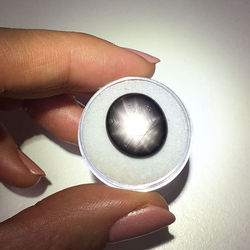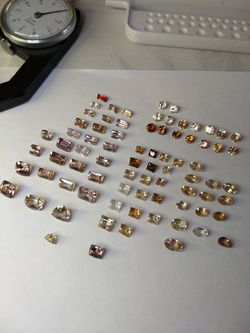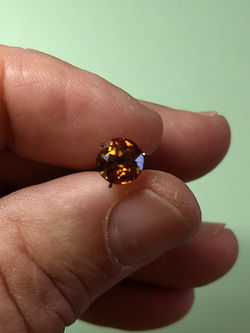 |  |  |  |  |
|---|---|---|---|---|
 |  |  |  |  |
Queensland Sapphire
Sapphire is produced in Central Queensland about 400 km west of the regional city of Rockhampton. At the turn of the last century, these fields produced over 50% of the world's quality sapphire gem material and produced some of the world's most well-known gemstones. Some famous sapphires produced over the years from Central Queensland are listed here.
Historically much of rough gemstone has been sent offshore to be cut and marketed.
A wide range of colours come from the various locations on the Central Queensland Gem Fields. Colours from light to deep blue, crisp golds and yellows and greens as well as the multi-color parti-colour stones. The region is harsh and dry and the mining conditions can be difficult and challenging.
The quality of our stones is second to none and we guarantee their authenticity and natural origins.
We can also guarantee that all gemstones are ethically mined. Our mining partners have a determined respect for the natural environment, undertaking land rehabilitation as part of their mining program. More information is available about the Central Queensland Sapphire fields is here.
Sourcing Central Queensland Sapphire - Rod Beattie
When rough sapphire is purchased from our mining partners, I grade out the larger and/or better material that can be cut without heating. I select this product and forward to our cutting partner in Thailand for finishing after I preform the larger, better, difficult to orientate or those that I wish to be cut in a certain way to achieve a certain shape or colour display.
Some of the remaining rough sapphire material will have a slight 'milky' or 'cloudy' appearance and if cut untreated will result in stones with a dull look and lack of 'life'. It has been known for many years that careful heating of these gems may improve the transparency and therefore 'life'.
This 'milky' appearance is caused by the presence of titanium (in the form of rutile) growing within the structure of the sapphire. In the case of sapphire from the Anakie region in Central Queensland, this likely happened when the sapphire was transported rapidly from the great depth where it formed. What is not readily known is that there were many, many outpourings of sapphire across the eon’s, - not just one large volcanic eruption.
This explains the large number of different colours, types and forms of sapphire found throughout the Central Queensland fields - large very dark material at Reward, fine blue in the Scrub Lead area, yellows and green at the Willows, tiny stones that gave the area Rice Bowl its name, etc, etc. It also explains why there are different size, colour, shape, etc sapphires in different wash beds in a single area.
The stones that I decide to have heat treated are done to enhance the clarity of the stones - not to modify the colour. This is achieved by the simple process of sealing the stones in a ceramic crucible and heating them in an electric computer-controlled furnace. The stones are slowly heated to the nominated temperature (usually 1,200 - 1,400°C) over a period of three hours. The furnace is kept at the nominated temperature for a period that we select (6 - 12 hours) and then turned off. The cooling down period is also very long (may be over night) to reduce the possible stress on the stones.
This heating allows the rutile to disperse throughout the structure of the sapphire and results in a brighter stone. If the original stones have a lot of 'silk' they may require a second or third heating to achieve the desired result. In some sapphires the rutile is not able to be removed with heating.
Queensland Zircon
 |  |  |  |  |
|---|---|---|---|---|
 |
